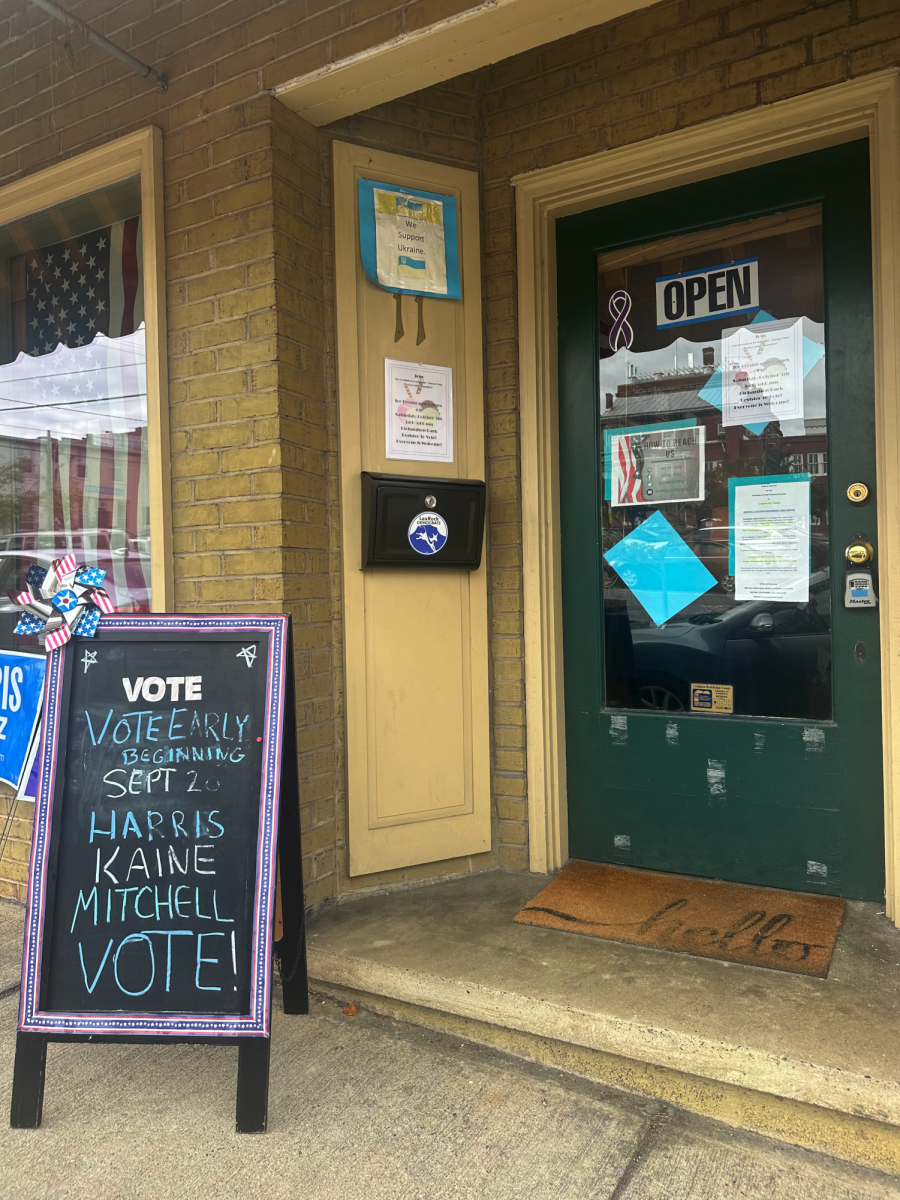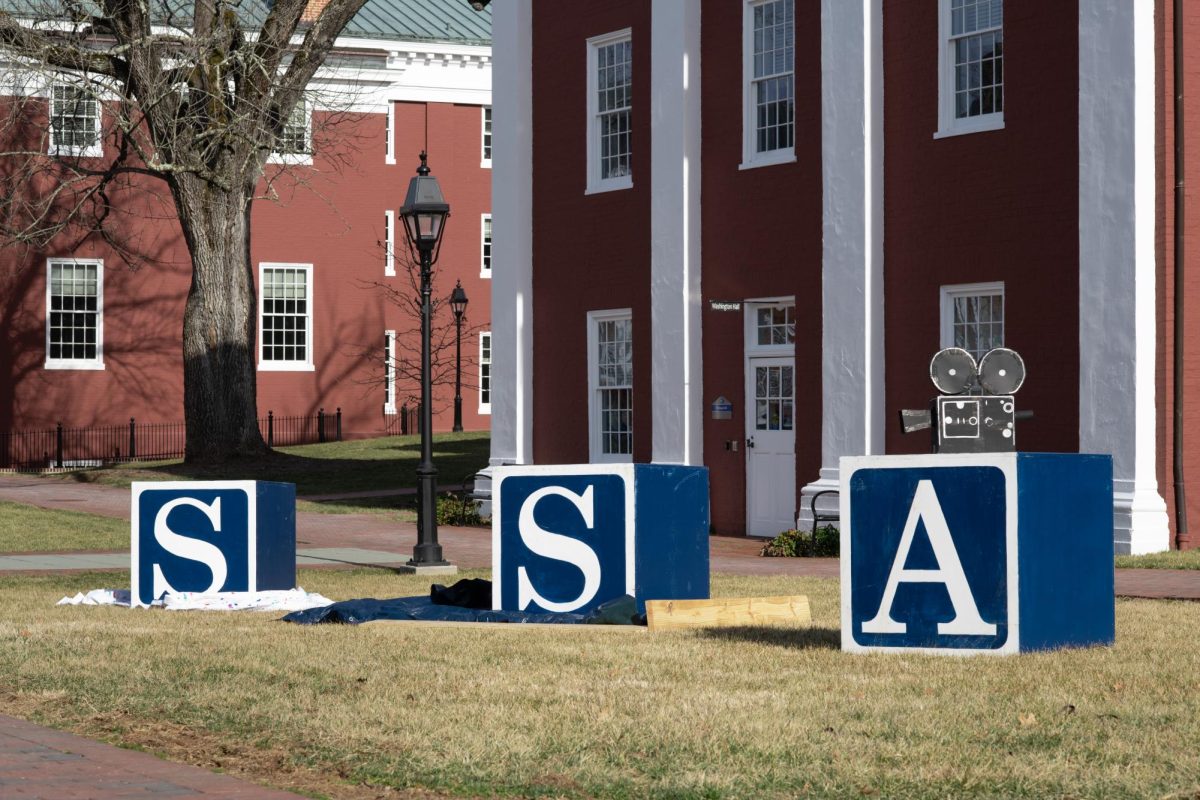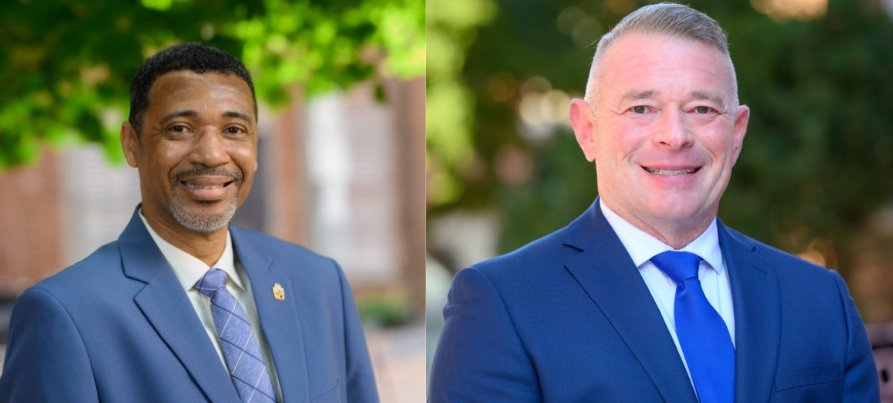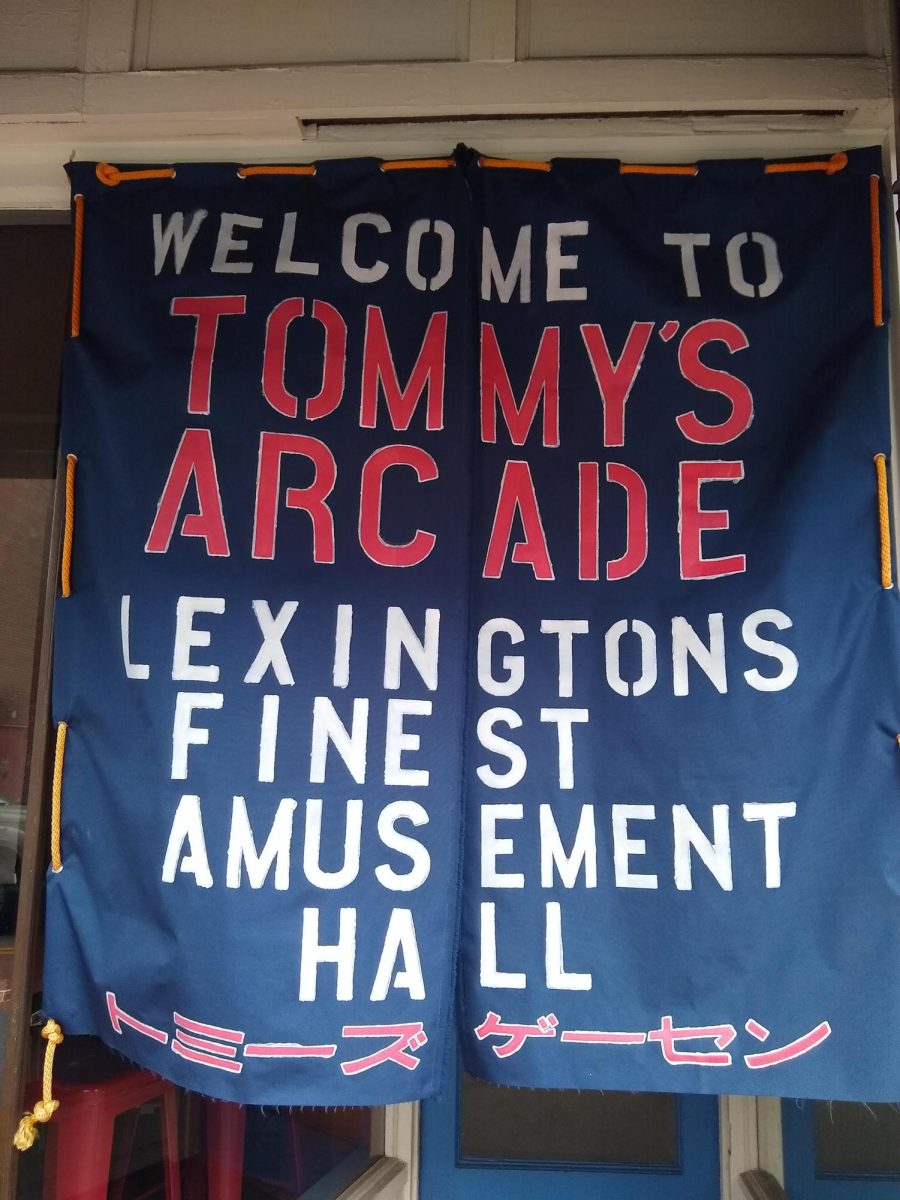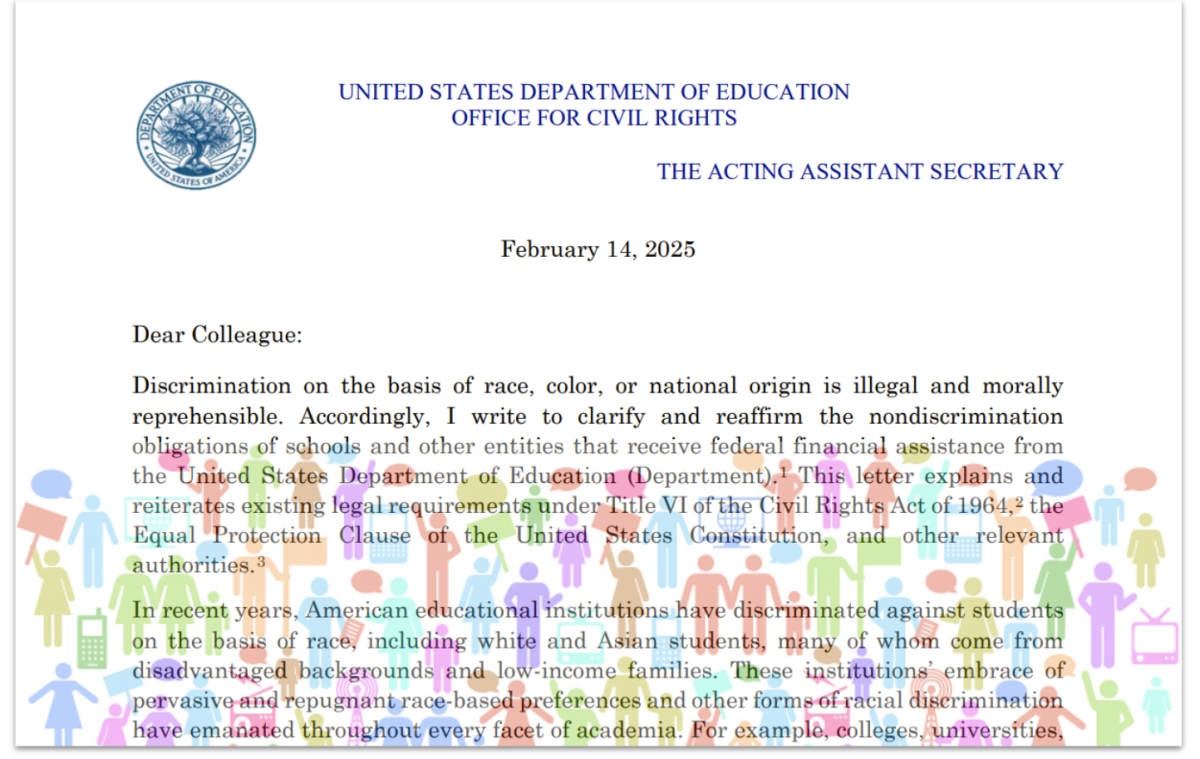It is news to no one that the nation is polarized, that the result of the election will sting one-half of this country and instill an inexhaustible disgust among millions. An intriguing phenomenon, though, is that this polarization is not so easily mapped onto traditional ethnic lines; rather, new means of division are being charted.
These developments should not be misunderstood. Given the nativist tenor of MAGA rhetoric, racial ties still heavily correlate with partisan affiliation. Don’t ignore the respected pollsters who claim that Harris still has a 14-18% lead on the Hispanic vote. Recognize, however, that just four years ago, the margin was a hearty 26 points, according to the New York Times. In an election like this, just a few digits may determine who gets the leases on the White House and the nuclear football.
The GOP has tried to maximize their ethnic gains by awkwardly painting liberal diversity as inauthentic: By, say, questioning Kamala Harris’ racial identity. But such haphazard attacks are not at the root of ethnic depolarization; instead, it is a socio-economic process with a deep history.
Once, Irish and German immigrants stocked the lower classes of American society. As the spirit of immigration pushed beyond the periphery of Western Europe, new peoples — Italians, Poles, Russians, and eventually groups from every stretch of the globe — took their place. Most immigrant milieus, clustered in our formative metropolises, flocked to the Democratic Party. Over time, those who economically and socially assimilated lost that homogeneity.
You might expect this trend to signal a step-up in civility or, from a more partisan perspective, the decline of the Democratic coalition. Most projections of the presidential race — such as those developed by the Pew Research Center — tell a different narrative: a neck-and-neck contest with record-breaking degrees of hostility. Indeed, the frontlines have merely shifted; abortion in particular has cleaved a gender gap into the political landscape. Since the Dobbs opinion first bolted out of the marble citadel that houses the Supreme Court, polls have shown gender polarization of up to the tune of 17 points, seven more than 2020.
Beyond identity, partisanship regularly manifests in lived experiences. According to the Pew Research Center, a college degree is an increasingly accurate yardstick of party affiliation, and the same is true with geographic position, with an ever deepening cultural and political bifurcation between rural and urban voters. Such factors indicate that social distinctions are at the heart of the issue. We should ask, then, if these trends are truly unprecedented, and what they imply for the future of our political culture.
Well, coalitions are always shifting; as party figures change or emphasize various policies, the people behind them will change. To a certain degree, these developments are intrinsic conditions for a democratic society. Wedge issues — like abortion — have always divided people because of who they are. After all, the New Deal coalition famously defined its era by binding labor unions and ethnic minorities together. However, political operatives are more capable than ever of exacerbating the animosity between groups. Their handicraft has a clear effect: Coalitions are quickly evolving from civic associations into political organisms that are willing to subvert democratic norms, a state of affairs not seen since the public violence of the Antebellum era. We are gearing up for an election that can leave deep scars on the American Experiment.




